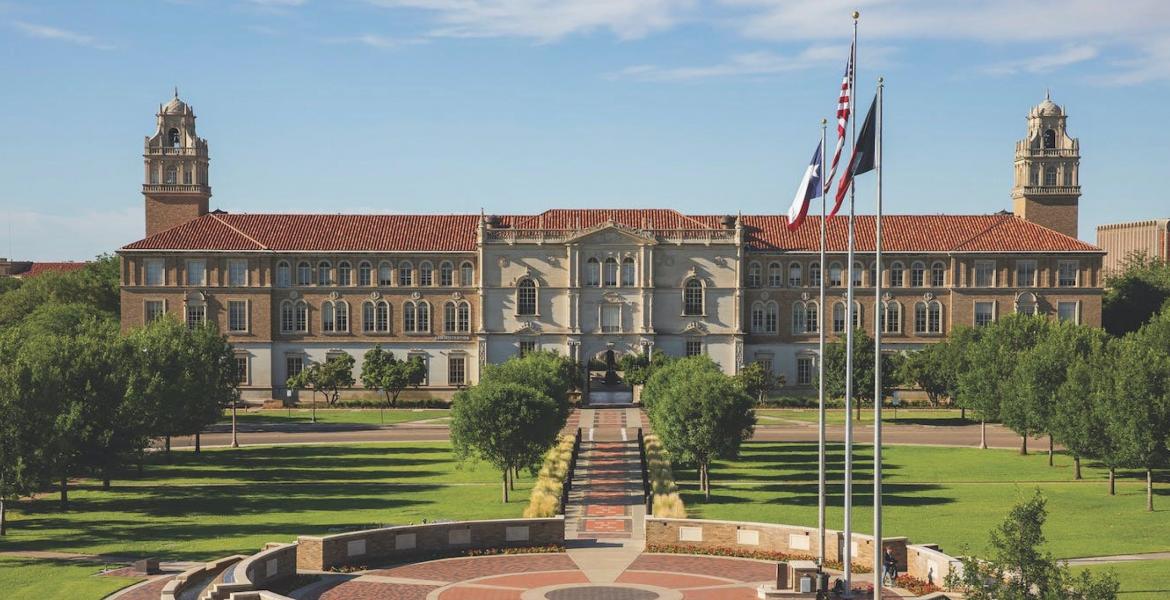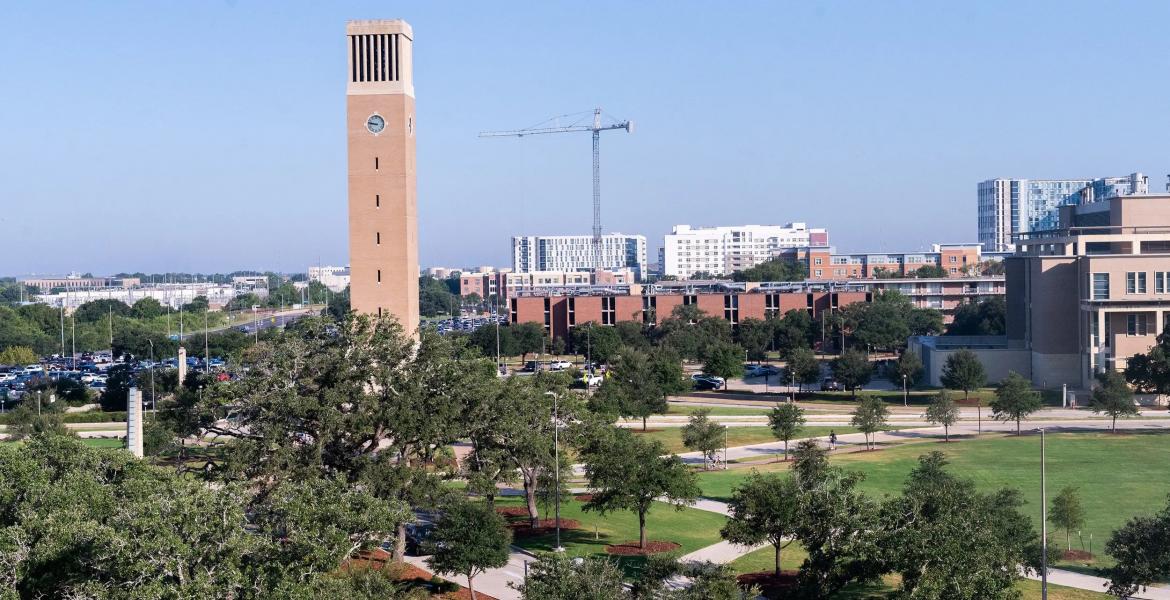SAN ANGELO, Texas – In the rich history and tradition of Christian faith, there are threads that weave together the tapestry of tradition, belief, and ritual. Among these, Holy Week stands as a cornerstone, encompassing the solemnity of Holy Thursday, the grief of Good Friday, and the jubilation of Easter Sunday. Yet, within the broader narrative of Christianity, there exists a dichotomy between those who flock to churches primarily on Christmas and Easter and those who engage deeply in the Holy Week observances.
For many, Christmas and Easter serve as symbolic bookends to the Christian calendar, drawing multitudes to churches around the world. These individuals, colloquially referred to as "Christmas and Easter Christians," find solace, community, and perhaps a rekindling of faith during these pivotal moments of the Christian liturgical year. Their presence underscores the enduring significance of these holidays, marking the birth and resurrection of Jesus Christ, respectively.
The significance of these events is deeply rooted in Christian theology and tradition. The birth of Christ heralds the arrival of the Messiah, fulfilling prophecies foretold in the Old Testament scriptures, such as Isaiah 7:14 and Micah 5:2. Likewise, Easter celebrates the resurrection of Jesus Christ, signifying victory over sin and death, as outlined in the New Testament accounts of Matthew 28, Mark 16, Luke 24, and John 20.
Yet, nestled within Holy Week lies Holy Thursday, a day of profound significance within Christian theology. On this day, Christians commemorate the institution of the Lord's Supper, also known as the Last Supper, as Jesus shared a final meal with his disciples before his crucifixion. The significance of this moment is multifaceted, representing not only the culmination of Jesus' earthly ministry but also the establishment of the Eucharist, a sacrament central to Christian worship.
In the Gospel of Matthew 26:26-28, Jesus institutes the Eucharist during the Last Supper, saying, "Take, eat; this is my body. And he took a cup, and when he had given thanks, he gave it to them, saying, 'Drink of it, all of you, for this is my blood of the covenant, which is poured out for many for the forgiveness of sins.'" This act of sharing bread and wine symbolizes the sacrificial nature of Christ's death and the redemption it offers to humanity.
Holy Thursday also holds significance as the day of Jesus' washing of the disciples' feet, a powerful demonstration of servanthood and humility (John 13:1-17). This act serves as a model for Christian discipleship, emphasizing the importance of humility, compassion, and service to others.
Following Holy Thursday, Holy Week progresses to Good Friday, commemorating the crucifixion of Jesus Christ. This day is marked by solemn reflection and mourning, as Christians contemplate the sacrifice of Christ for the salvation of humanity. The events of Good Friday lead to the climax of Holy Week, with Easter Sunday celebrating the resurrection of Jesus Christ, the cornerstone of the Christian faith.
Collectively, Holy Thursday, Good Friday, and Easter Sunday form the Holy Triduum, a sacred period of reflection, remembrance, and celebration. This three-day period encapsulates the core tenets of Christian belief, from the institution of the Eucharist to the triumph of Christ over death.
In the tapestry of Christian faith, Holy Week serves as a reminder of the enduring significance of Christ's life, death, and resurrection. Whether one's faith journey leads them to attend church solely on Christmas and Easter or to engage deeply in the observances of Holy Week, these traditions provide a framework for spiritual growth, community, and the affirmation of Christian belief. As the faithful gather to commemorate Holy Week, they are reminded of the profound love and sacrifice demonstrated by Jesus Christ, inviting all to participate in the journey of faith, from Christmas to Easter and beyond.
Subscribe to the LIVE! Daily
Required






Post a comment to this article here: